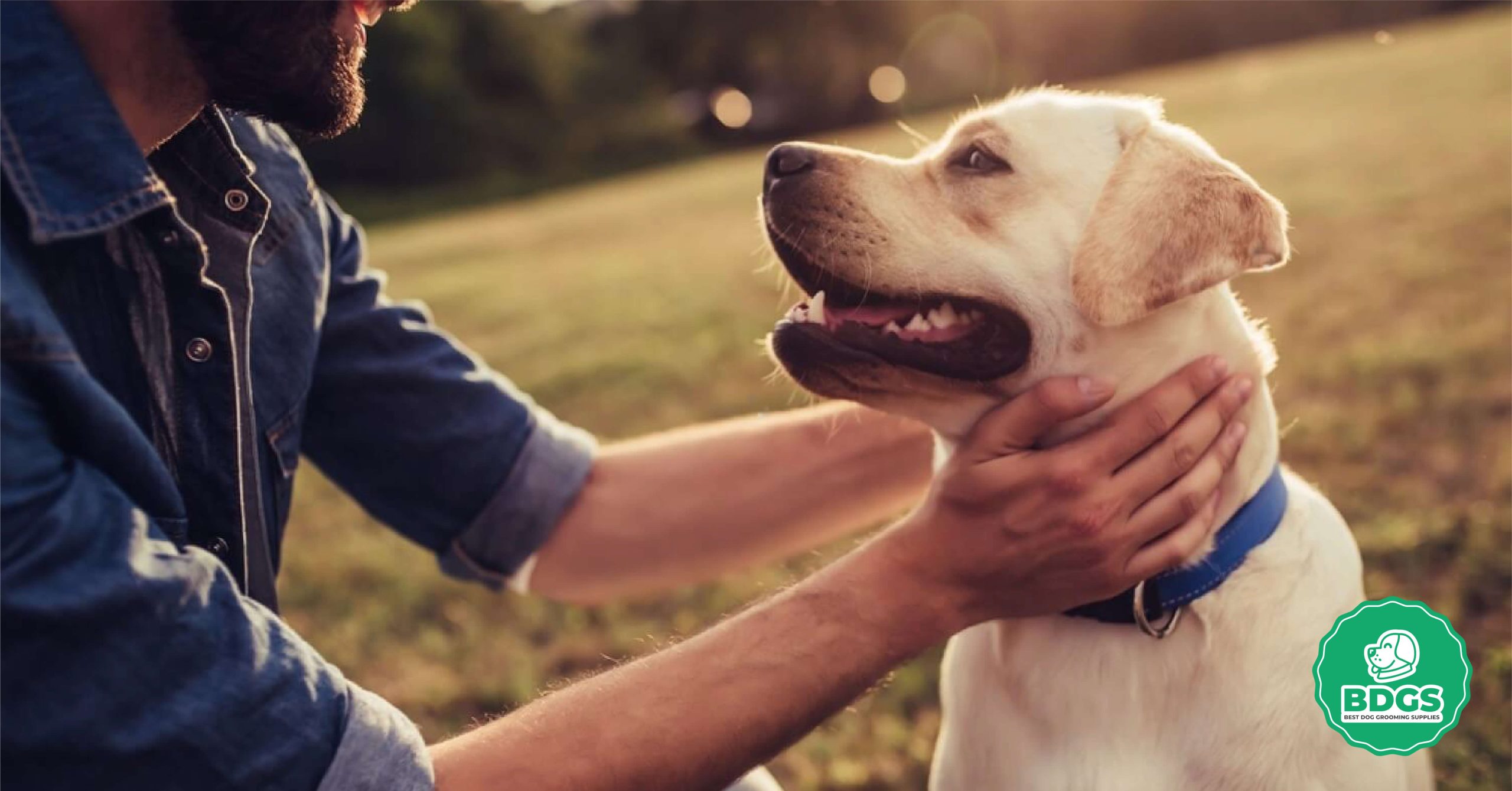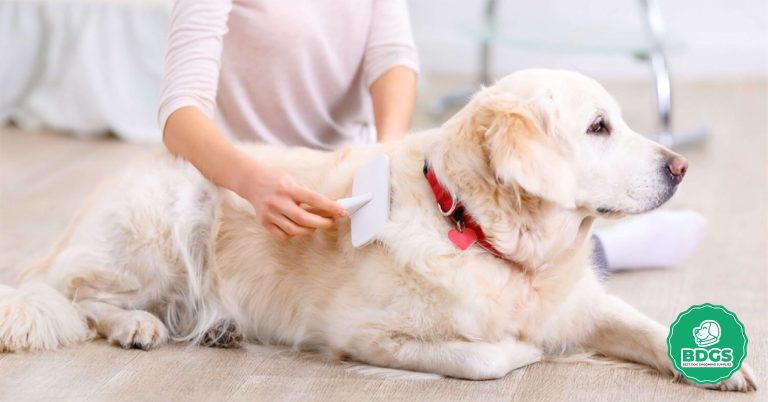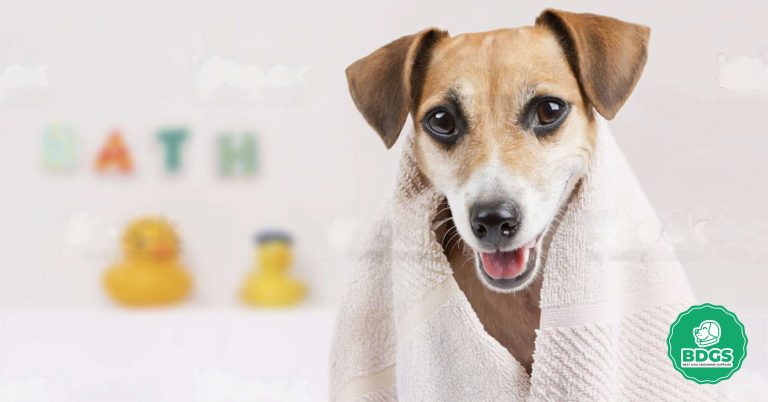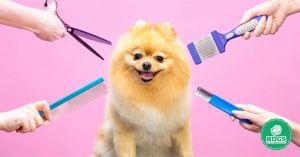Introduction:
A dog sensitive skin needs extra care and attention when it’s being groomed. Some dogs, like some people, have skin that is more likely to get irritated or cause allergies. In this complete guide, we’ll discuss everything you need to know about grooming a sensitive-skinned dog.
We’ll discuss what makes skin tender, what signs to look out for, and how to treat and avoid skin problems. By using the right products and following these tips, you can make sure your pet stays healthy, happy, and relaxed.
Understanding Dog-Sensitive Skin
What is Sensitive Skin?
When a dog has sensitive skin, it means its skin is more sensitive to allergens and irritants. Finding and fixing this problem as soon as possible is important to avoid pain and other problems.
Causes of Dog-Sensitive Skin
- Allergies: Some foods, pollen, dust, or flea bites can make a dog’s skin itch, as can flea bites.
- Food intolerances: Some dogs can’t handle some of the things in their food, which can cause skin problems.
- Environmental Factors: Dogs can get tender skin if exposed to strong chemicals or extreme weather.
Identifying Symptoms of Dog-Sensitive Skin
- Redness and irritation: Look out for spots on your dog’s skin that are red and swollen.
- Scratching Too Much: Frequent scratching or biting of the skin could be a sign of pain.
- Hair Loss: Patches of hair loss that are easy to see could be a sign of skin problems.
Effective Grooming Techniques for Dogs’ Sensitive Skin
- Choosing the Right Dog Shampoo: For dogs with sensitive skin, it is very important to use the right shampoo. Look for shampoos that say they are good for sensitive skin or have recipes that don’t cause allergies. Avoid shampoos with strong chemicals or scents that can make skin problems worse.
- Bathing Frequency: Even though regular baths are important for cleaning, giving your dog too many baths can strip its skin of natural oils and make it more sensitive. Aim to bathe your dog every 4–6 weeks or as often as your vet tells you to.
- Proper Rinsing: Rinse your dog well after washing him to remove any soap residue. Shampoo that has been used up can cause itching.
- Moisturizing and Conditioning: Use a light conditioner that won’t cause allergies to help keep your dog’s skin and fur wet. It can make the skin less dry and less itchy.
- Drying Techniques: After bathing your dog, use a soft towel to pat it dry. Rubbing too hard can hurt skin that is already sensitive.
Best Practices for Grooming Dog-Sensitive Skin
- Regular Brushing: By brushing your dog’s fur often, you can keep it clean and free of mats, which can help prevent skin problems.
- Avoiding Allergenic Foods: Work with your vet to determine if your pet is allergic to or intolerant of any foods. Getting rid of foods that are triggers for your dog’s skin problems can greatly help his skin health.
- Environmental Considerations: Limit your dog’s exposure to allergens in the surroundings, like dust or pollen. To keep your dog from coming into touch with allergens, wipe its paws and body after walks outside.
- Choosing the Right Collar and Harness: Choose collars and leashes made of soft, non-allergenic materials to keep the neck and chest from getting irritated.
Treating Dog Sensitive Skin Issues
- Medicated Shampoos and Wipes: If your dog has worsening skin problems, your vet may suggest chemical baths or wipes to help.
- Home Remedies: Look into natural ways to soothe sensitive skin, like taking an oatmeal bath or applying aloe vera juice. But it would help to always talk to your doctor before trying home treatments.
- Veterinary Care: Consult your vet for a proper evaluation and a treatment plan that fits your dog’s needs.
Conclusion:
To groom a dog with sensitive skin, you need to be patient, understand the dog, and do it the right way.
You can ensure your pet is relaxed and doesn’t itch by using gentle cleaning methods, picking the right products, and dealing with the causes.
Consider how your dog reacts and talk to your vet for personalized care. With the right care and cleaning, your animal friend will love you and wag its tail in thanks.
Frequently Asked Questions
When grooming a dog with skin problems, extra care and attention are needed to keep the skin from worsening. Here are some suggestions:
a. Use hypoallergenic products: Choose shampoos and creams made for sensitive skin that are hypoallergenic. These items don’t have any strong chemicals or scents that could cause allergies.
b. Bathe Less Frequently: Take fewer baths to keep your skin’s natural oils from being stripped away. It would help if you only bathed your dog when it needed it or when your vet told you to.
c. Rinse well: Make sure you rinse out all the shampoo and conditioner to keep any leftovers from irritating your skin.
d. Brush Regularly: Brushing your dog can help eliminate allergens and keep his hair clean and free of mats.
e. Avoid Allergenic Foods: Work with your vet to find out what foods cause allergies in your dog and get rid of them.
f. Address Environmental Triggers: Wipe your dog down after being outside to reduce their exposure to allergens like pollen and dust.
g. Talk to your vet: If your dog’s allergies don’t go away or worsen, talk to your vet about specific treatment choices.
You can try the following things to make your dog’s skin feel better:
a. Oatmeal Bath: A warm oatmeal bath can help relieve itching and soreness. Add a fine powder of regular oatmeal to your dog’s bath water.
b. Aloe Vera Gel: Aloe vera has relaxing effects and can be put on sensitive skin to make it feel better. Make sure to use pure aloe vera gel with no chemicals added to it.
c. Cool Compress: Put a cool, wet cloth on the affected area to reduce swelling and itching.
d. Coconut Oil: Apply coconut oil gently to the skin to keep it wet and calm it down. Coconut oil can also kill germs on its own.
e. Soak in Epsom Salt: Soaking in Epsom salt can help reduce swelling and itchiness. Mix Epsom salt with warm water and soak your dog’s paws or the hurt area for a few minutes.
f. Stay away from irritants: Make sure your dog doesn’t come into touch with things like strong chemicals or harsh cleaning products.
Remember that these fixes might help for a little while, but you need to see a vet to find out what’s causing your dog’s sensitive skin in the first place.
Several things could cause skin discomfort after brushing, such as:
a. Allergic Reaction: Your dog may be allergic to shampoos, oils, or sprays used for cleaning. Switching to goods that don’t cause allergies might help.
b. Buildup of residue: Grooming products that aren’t rinsed off well enough can leave residue on your dog’s skin, which can irritate it.
c. Rough Handling: Grooming that is too rough or pulls on the fur can make the skin red and hurt.
d. Flea infestation: Grooming might reveal a flea problem, which can irritate the skin.
e. Underlying Skin Condition: Your dog could have a skin condition that hasn’t been identified yet that shows up when it’s being groomed.
If your dog’s skin rash stays the same or worsens, you should take him to the vet for a good diagnosis and treatment.
There are a few things that can cause a sore bum after grooming:
a. Clipping Irritation: If the groomer cuts the fur too close, it could make the area sore and sensitive.
b. Anal Gland Issues: Some dogs have problems with their anal glands, and cleaning them could cause pain or swelling.
c. Rough Handling: If the groomer didn’t handle the bum area gently, it could cause pain.
d. Underlying Skin Condition: Your dog may have a skin condition that worsens when grooming.
e. Allergic Reaction: The cleaning items might make your dog’s bottom sensitive.
It’s important to watch your dog’s behavior and see a vet if the pain lasts or if there are signs of illness. A vet can determine what’s wrong and give the right treatment to make the animal feel better.







